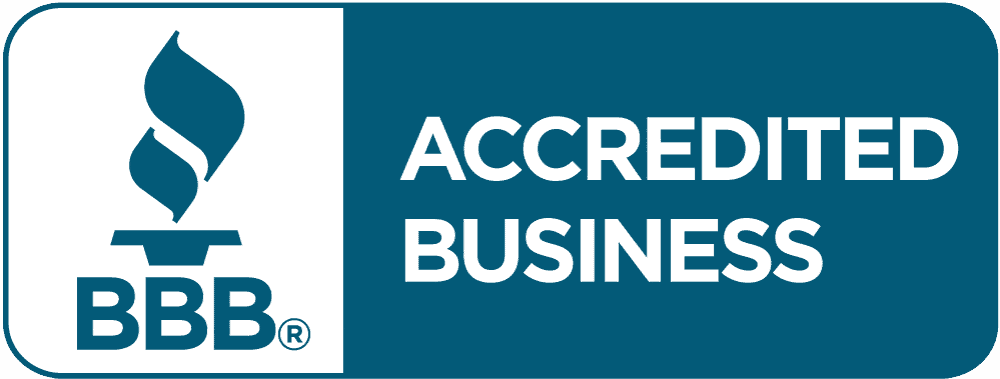Inflation Reduction Act and What That Means for Solar
Highlights:
- The Investment Tax Credit is set to increase from 26% to 30% and includes projects installed in 2022.
- An additional 10% will be granted if Domestic hardware is used in installation
- Steel and iron must be 100% US manufactured
- Other manufactured goods must be at least 40% US manufactured
- Another 10% is awarded to projects located in brownfields or locations in previous fossil fuel associations
- The last 10% can be earned by selling electricity to low income families
As a disclaimer, Rhino Renewables do not claim to give any tax advice. Please reach out to your own tax advisors.
The Inflation Reduction Act, or the H.R. 5376, covers a wide variety of topics including climate change, healthcare, and inflation. In regards to climate change, the goal of the bill is to reduce greenhouse gas by 40% below the 2005 levels by 2030.
The Investment Tax Credit
The Investment Tax Credit, or ITC, was enacted in 2006 and has helped the solar industry grow exponentially. As of 2021 and 2022, the ITC was at 26% but with the Investment Tax Credit, it is set to increase to 30%. This will include projects that have already been installed in 2022 and will last until the end in 2032. The 30% tax credit applies to both residential and commercial projects.
US Manufactured Hardware
The Inflation Reduction Act will incentivize prioritizing US Manufacturers over international manufacturing companies. In addition to the base 30% Investment Tax Credit, an additional 10% will be granted if Domestic Hardware is used in installation. Steel and iron hardware need to be 100% American made whereas manufactured goods, such as solar panels, inverters, and electrical gear, must be at least 40% made in America. This will increase in rising steps to 55% after 2026.
There are some exceptions to the requirements listed in the bill. Hardware that will increase the project cost by 25%, hardware of unsatisfactory quality, and items that are not produced in sufficient quantities may be imported from outside the US.
Low Income Communities
An additional 10% may be granted to community solar projects that sell their electricity to low-income individuals. There is an opportunity to earn a 60% tax credit: 30% for the base tax credit, 10% for purchasing US manufactured products, 10% for the project being located in an energy community, and the last 10% is for selling energy to low income families.
What This Means for Solar
Overall, the Inflation Reduction Act will benefit the solar industry immensely. The bill will incentivize home and business owners to go solar which in turn will create a demand for new jobs in the solar industry.
Energy Communities
Solar projects located in Energy Communities can earn an additional 10% tax credit. Energy communities can be defined as brownfields, which are previously developed sites, locations that have previously been a coal or fossil fuel site, or are at or above the national average for unemployment.
Related Posts
Rhino Renewables Solar & Electric
Rhino Renewables Solar & Electric Charging The Future CALL US NOW Rhino Renewables Solar & Electric Rhino Renewables Solar & Electric Asheville and Western North...
Read More


